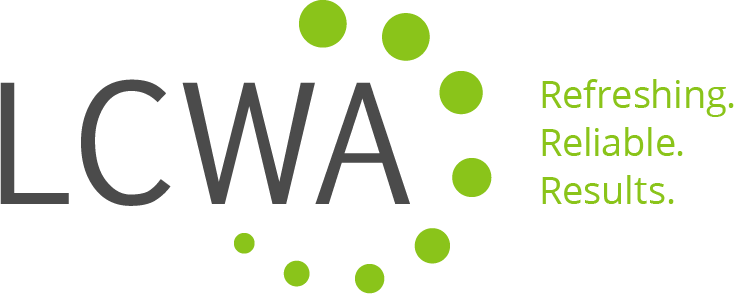July 25, 2019
 It’s hardly a secret that we’re overwhelmed with information, particularly in our industry. Texts and tweets, emails and posts, all demand our attention, fighting to be read, digested and responded to. In this noisy environment, the prospect of giving a presentation or a speech can be daunting to say the least.
It’s hardly a secret that we’re overwhelmed with information, particularly in our industry. Texts and tweets, emails and posts, all demand our attention, fighting to be read, digested and responded to. In this noisy environment, the prospect of giving a presentation or a speech can be daunting to say the least.With attention spans so short (and meetings sooo long) the ability to communicate persuasively and in a concise manner is more important than ever.
Listed below are a few tips and techniques that might help you make the most of your next presentation opportunity. They’re designed to get your audience to put down their phones and listen up. Read on!
- Know your material inside and out. There’s no winging it with presenting. Know your subject matter and anticipate potential questions. The quickest way to lose your audience is by showing a lack of understanding and relevance to the issue at hand. If your audience doesn’t think you know the material, they will tune out.
- Practice, practice, practice. No matter how good you THINK you are, or how many times you’ve presented, you can always be better – so rehearse. Out loud. If possible, practice in the very room you plan on presenting in. Use the same tone of voice you plan on using during the actual presentation. Early in my career, I used to script out every single word and memorize it. It was pretty extreme, I admit, but it also worked. I got promoted a lot.
- Start and finish strong. The two most important parts of any presentation are the beginning and end. So make sure they work. Start off with something relevant – tell them why what they’re about to see and hear is important. Then after you review the deck, close with a big finish. Sum up the idea, the results, and impact, as enthusiastically as you can.
- Do your homework. How long do you have? Who, if anyone, are you following? How many people are you presenting to? Who are the decision-makers? What time of day are you presenting? (Avoid after lunch if possible; mid-mornings are best.) What are the hot-buttons for this crowd? The more you know ahead of time, the better you’ll be.
- Speak up! Forty percent of a presentation’s impact comes from the way you sound. So speak up! Use inflections. Be enthusiastic. Speak at an even pace. Make eye contact if possible.
- Make the deck eye-pleasing. Everyone has their own style when it comes to the visuals but there are some basic rules-of-thumbs. Use a horizontal format; highlight key words; don’t use more than two or three colors; limit the copy to six bullet points of no more than six words; use charts and stats sparingly (don’t overdo them.) Short videos or photos can also help ensure attention levels remain high. Avoid using a laser pointer. (Do they still make those?)
- Don’t talk to the visuals. The visuals are merely there to support you and help you tell your story. Refer to them but don’t read them. Sum them up and provide details, context and perspective. Remember, your deck or slides aren’t the star – youare. So shine on.
- Body language. Use hands and gestures appropriately. This will help maintain attention and help you relax you as well.
- Leave time for questions: Be cognizant of the time. A terrific presentation can be ruined because there wasn’t enough time left for a robust question and answer session. In my experience, the Q&A is the exclamation point of a presentation. It’s usually the last chance you have to make an impression, so plan accordingly!
Jim Kokoris has close to 40 years of speech writing and speaker training experience. For more information, contact Jim at Jkokoris@lcwa.com.
